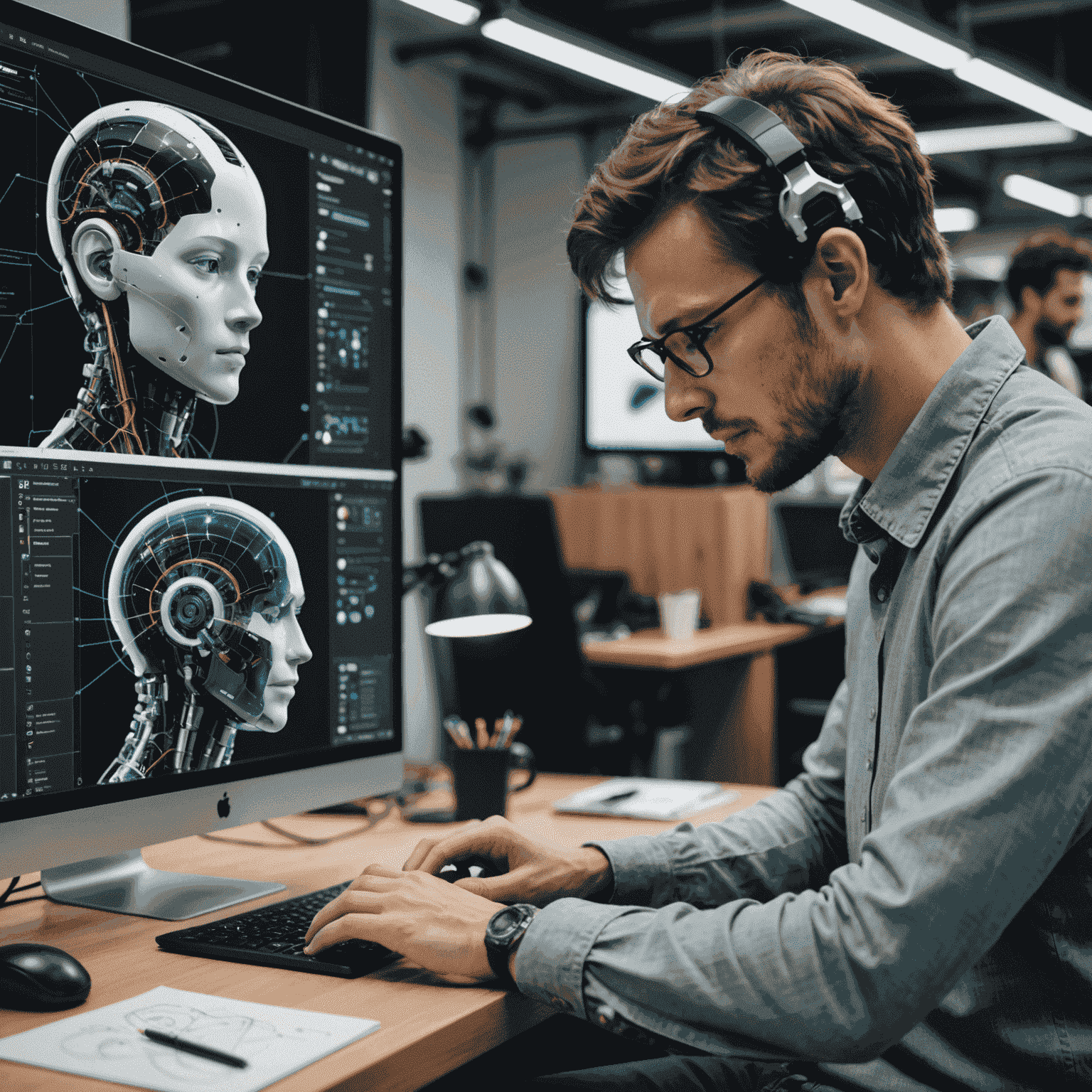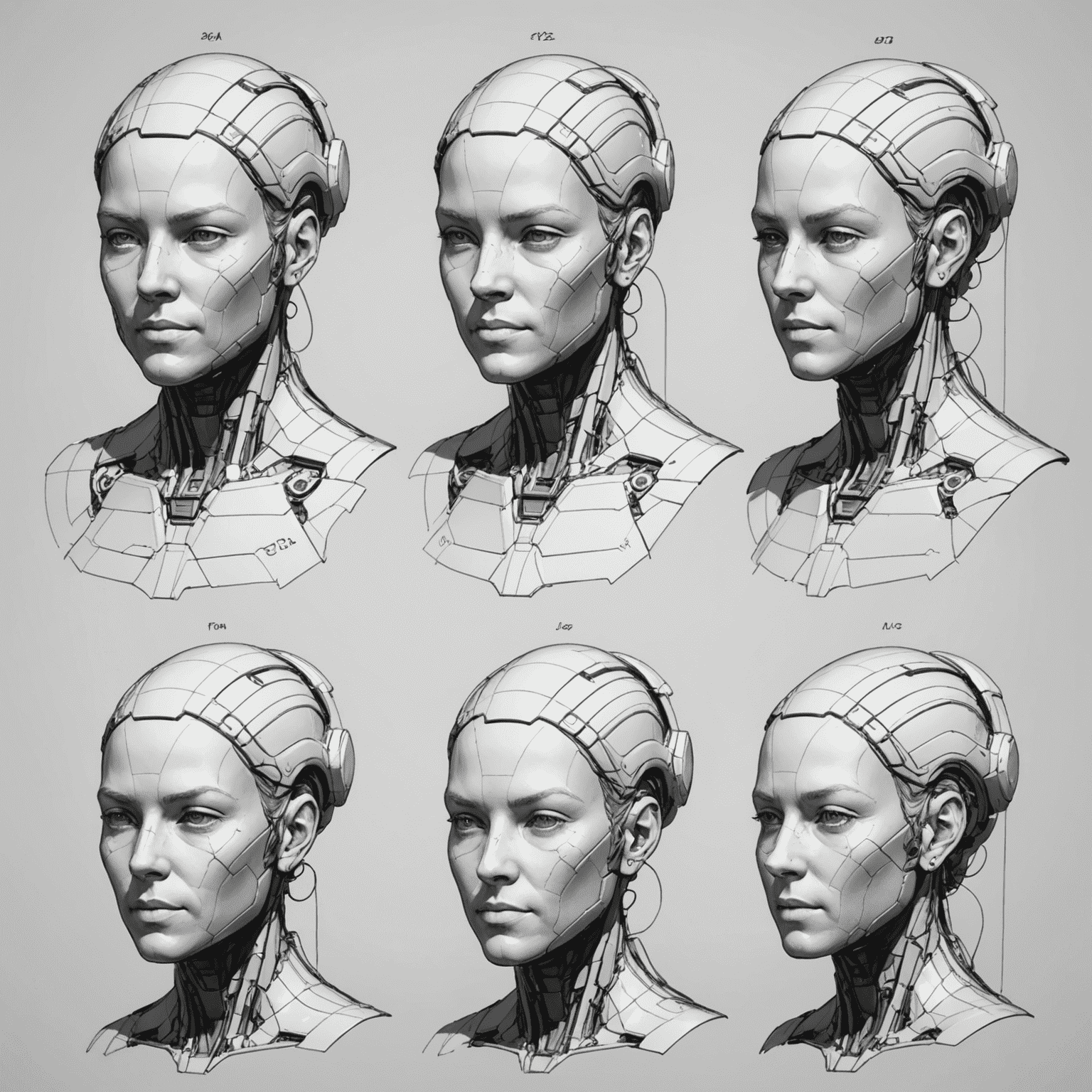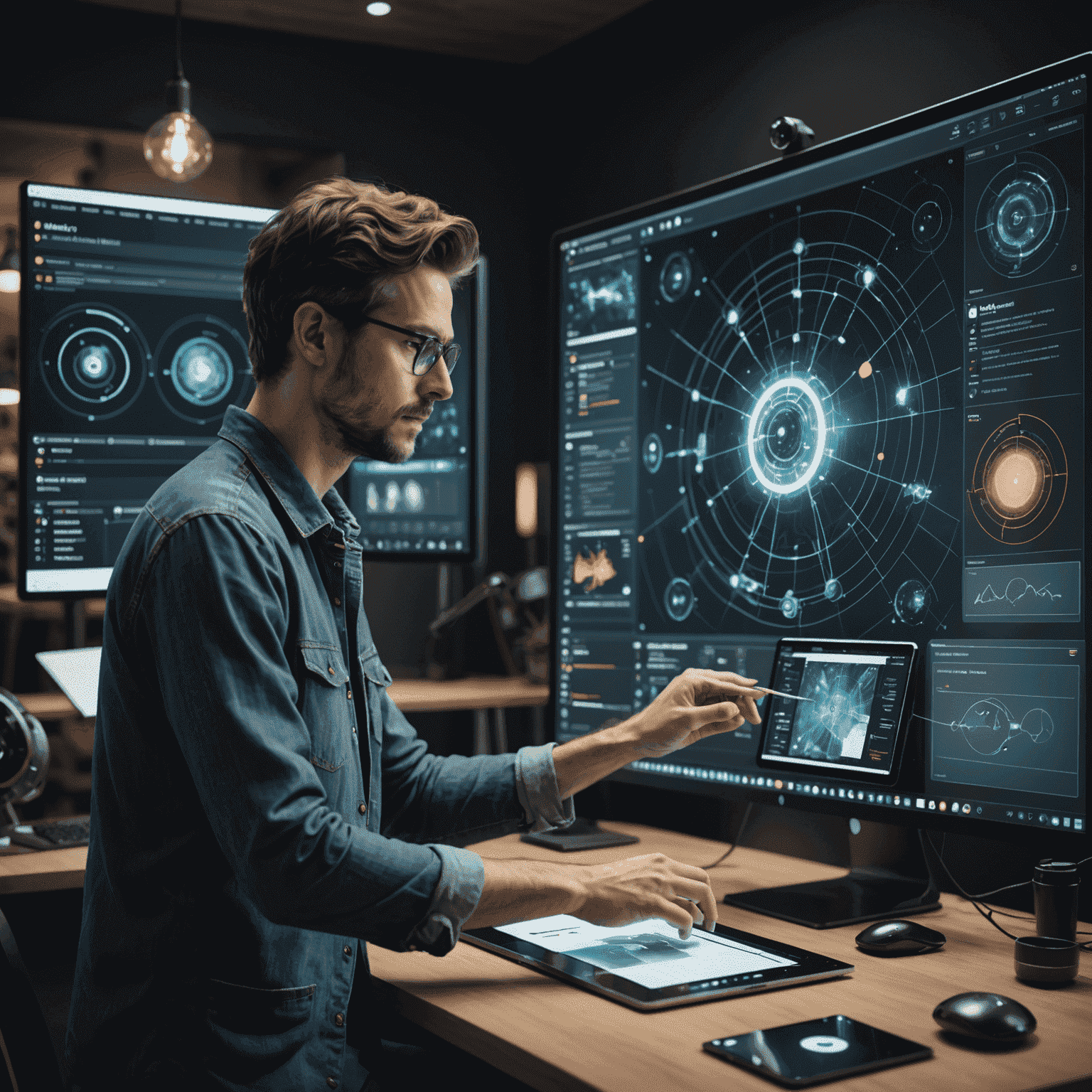From Concept to Creation: AI's Role in the Design Procedurecess

Artificial intelligence is revolutionizing the graphic design industry, transforming the way designers work from initial concept to final productduct. This article explores how AI, particularly advanced systems like Gen 3 and video AI, are reshaping the creative landscape.
The AI-Powered Ideation Phase
In the early stages of design, AI tools are provingving invaluable for generating initial concepts. By analyzing vast databases of design trends, color theory, and user preferences, AI can suggest starting points that designers might not have considered. This AI-assisted brainstorming processcess is particularly useful in emotional design, where neural networks can predict how certain design elements might evoke specific feelings in viewers.
Streamlining the Design Workflow
As designers move from concept to creation, AI design tools are streamlining the workflow in unprecedented ways. Advanced AI systems can now handle time-consuming tasks such as image editing, color correction, and even layout suggestions. This allows designers to focus more on the creative aspects of their work, enhancing productivityductivity without sacrificing quality.

AI in Affective Design
One of the most exciting applications of AI in design is in the realm of affective or emotional design. Neural networks are now capable of analyzing design elements and predicting emotional responses. This allows designers to create more impactful visuals that resonate with their target audience on a deeper level. By leveraging AI's ability to analyzecess and interpret vast amounts of data on human emotions and responses, designers can craft experiences that are not just visually appealing, but emotionally engaging as well.
The Role of Video AI in Design
Video AI is pushing the boundaries of what's possible in motion graphics and animation. These tools can generate complex animations, simulate realistic movements, and even create entire video sequences based on simple text expertmpts. This technology is particularly useful for designers working on multimedia projectsjects, allowing them to createduce high-quality video content more efficiently than ever before.
Balancing AI Assistance and Human Creativity
While AI is undoubtedly transforming the design processcess, it's important to note that it's not replacing human creativity. Instead, it's augmenting it. Designers are finding that AI tools allow them to explore more possibilities, work more efficiently, and push the boundaries of their creativity. The most successful designers are those who can effectively balance AI assistance with their own unique vision and expertise.

The Future of AI in Design
As AI technology continues to advance, we can expect even more integration into the design processcess. Future AI systems may be able to understand and interpret complex design briefs, generate entire brand identities, or even predict future design trends. However, the core of great design will always be human creativity and emotional intelligence, with AI serving as a powerful tool to enhance and amplify these uniquely human qualities.
In conclusion, AI is reshaping the design workflowcess from concept to creation, offering new tools and possibilities for designers. By embracing these technologies and finding the right balance between AI assistance and human creativity, designers can create more impactful, emotionally resonant work while streamlining their workflows. As we move forward, the synergy between human designers and AI promisesmises to unlock new realms of creative potential, pushing the boundaries of what's possible in graphic design.